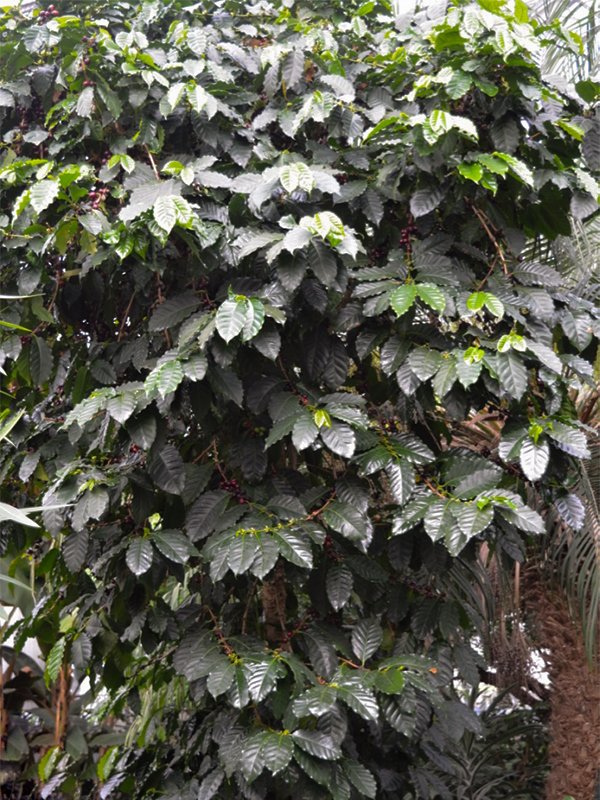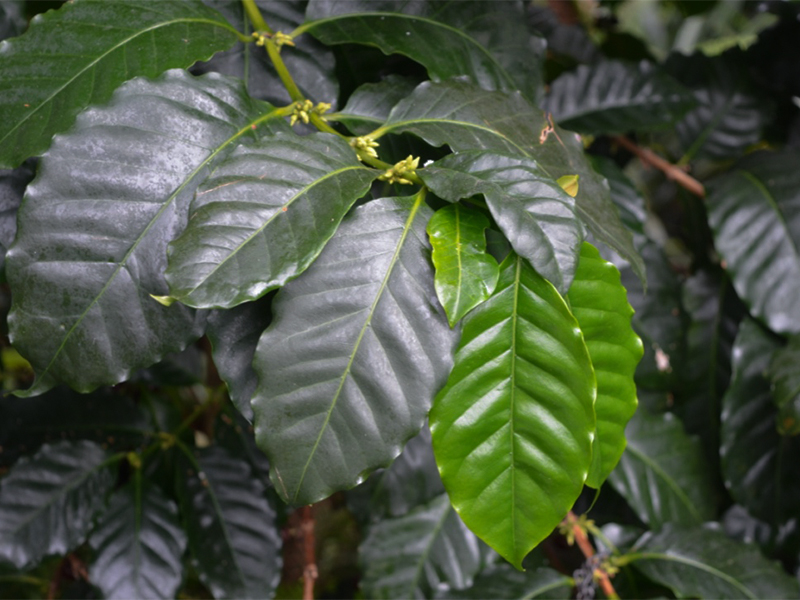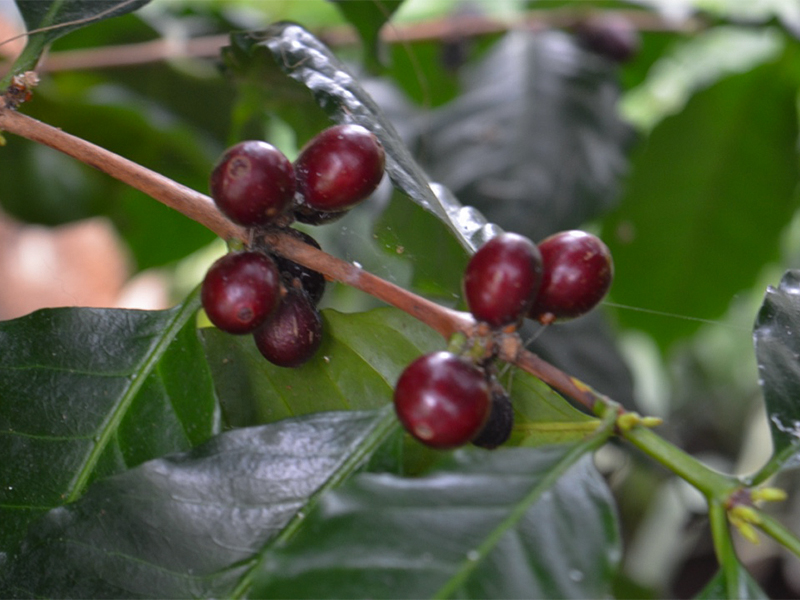
Tropicals, Woody > Coffea > Coffea arabica > Coffea arabica
Coffea arabica
Arabian Coffee, Arabica Coffee, Coffee, Caféier d’Arabie
Origin: Ethiopia
| Family |
| Rubiaceae |
| Genus |
| Coffea |
| Species |
| arabica |
| Category |
| Tropicals, Woody |
| Type |
| Tree (evergreen), Shrub (evergreen) |
| USDA Hardiness Zone |
| 10 - 11 |
| Canadian Hardiness Zone |
| Requires cold season protection under glass. |
| RHS Hardiness Zone |
| H1c - H3 |
| Temperature (°C) |
| -5 - 10 |
| Temperature (°F) |
| 23 - 50 |
| Height |
| 1.8 - 4.5 m |
| Spread |
| 1.8 - 4.5 m |
Photographs
Description and Growing Information
Flowering Period
| General Description |
| Shrub or small tree that produces berries that contain the seeds used to make coffee. |
| Cultivation |
| Best grown in rich, well-drained soils with filtered sun or light shade. Soil must be kept consistently moist but not soggy. Fertilize during the growing season. |
| Growth |
| Medium |
| Pests |
| Scale, mealybugs, thrips, caterpillars and mites. Xylella a bacterial disease is a serious threat to many horticultures crops due to its virulence and wide range of species it can infect. It can infect more than 560 species with wide ranging symptoms including leaf scorch, yellowing and scorching, wilt, branch and twig dieback and plant death. These symptoms can be identical to other symptoms such as drought and weather stress. Infected plants show symptoms within a few years after planting. |
| Leaf Description |
| Glabrous and elliptical with prominent veins and wavy margins. |
| Flower Description |
| Fragrant, star-shaped flowers bloom in axillary clusters of 2 - 9. The first flowers will bloom when the plant is 3-4 years old. |
| Fruit Description |
| Edible berries have a grape-like texture and each berry has 2 seeds each. |
| Colour Description |
| Leaves are dark green. Flowers are white. Berries start out green and mature from yellow to light red, and then deep red when ripe. |
| Texture Description |
| Leaves are glossy. |
| Notable Specimens |
| Centennial Conservatory, Thunder Bay, Ontario, Canada. |
| Ethnobotanical Uses (Disclaimer) |
| The seed of the plant is used to make the world’s most popular beverage - coffee. |


